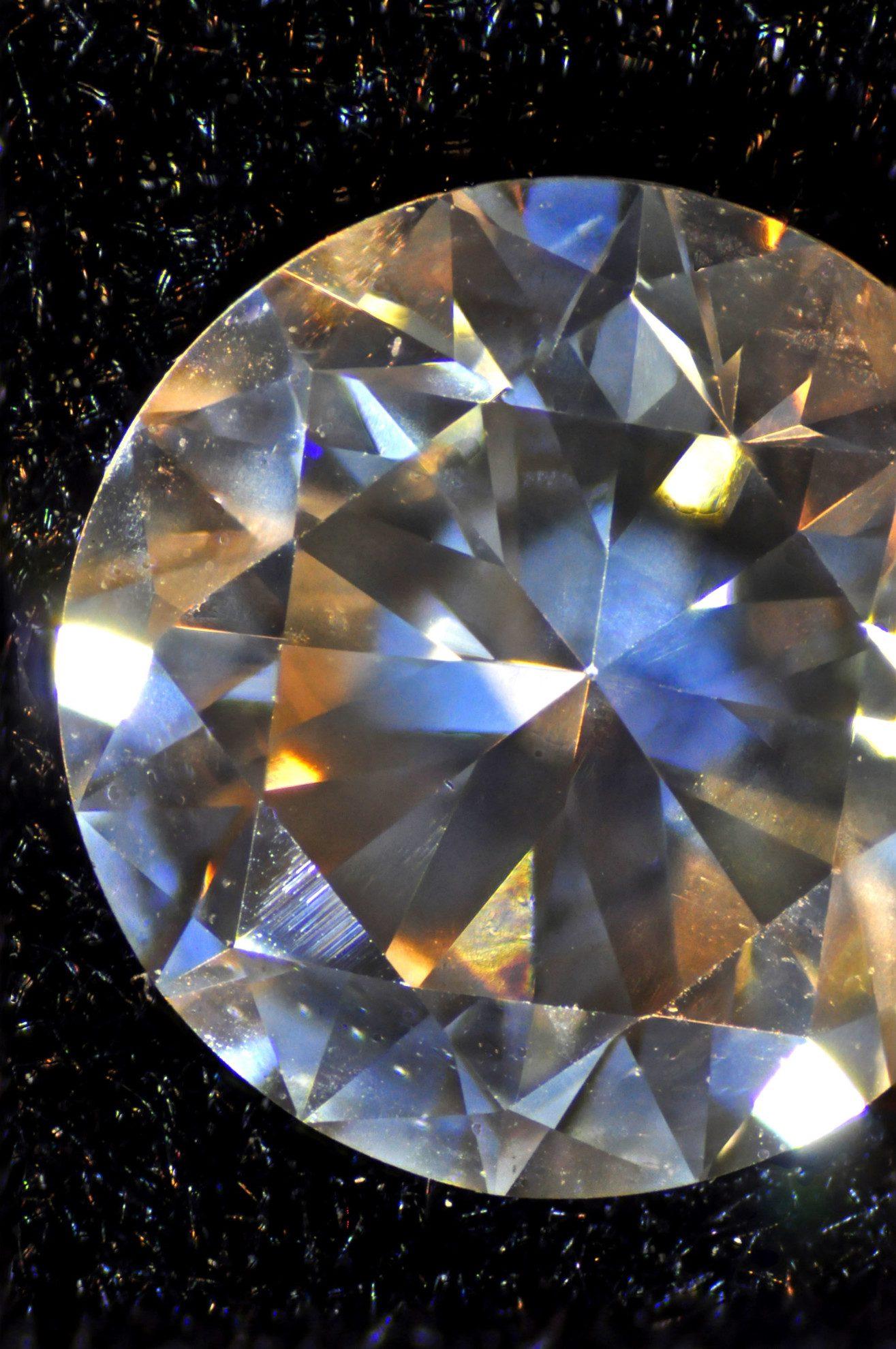Diamond Lookalikes Listed by Specific Gravity
Distinguishing diamond lookalikes from the real thing can be challenging. Learn how to use specific gravity and birefringence to make simple separations.
1 Minute Read
In the chart below, you'll find common diamond lookalikes or simulants and real diamonds arranged by specific gravity. Please note, only three pairs of adjacent stones have overlapping specific gravity values, the ones in red. However, in each case, only one out of the pair is birefringent or doubly refractive. So, this makes the separations simple.
Diamond and Diamond Lookalikes Arranged by Specific Gravity
| Material | SG high | SG low | Birefringence |
| Gadolinium Gallium Garnet (GGG) | 7.09 | 6.95 | None |
| Cubic Zirconia | 6.00 | 5.34 | none |
| Rutile | 5.60 | 4.20 | 0.287 |
| Zircon | 4.80 | 3.90 | 0.000-0.059 |
| Yttrium Aluminum Garnet (YAG) | 4.60 | 4.50 | None |
| Sphene | 3.55 | 3.45 | 0.100-0.192 |
| Diamond | 3.53 | 3.51 | None |
| Moissanite | 3.20 | 3.17 | 0.043 |
Notes on Zircon and Moissanite
Occasionally, zircon can have an isometric crystal structure. (Some zircons receive enough natural radiation over time that their crystal structure changes). Therefore, a zircon could be singly refractive. Presumably, this would mean you could confuse it with yttrium aluminum garnet (YAG). However, anytime zircon becomes singly refractive, its specific gravity drops below that of YAG.
Moissanite also exhibits thermoluminescence, a type of luminescence induced by heat, which diamonds lack. By gradually heating moissanite, you can make it change color. At around 150° F, it starts turning light brown. As the heat increases, it becomes bright yellow or green. Of course, you must do this very gradually. Since a rapid temperature change could damage some of the other stones, use this test judiciously.
Donald Clark, CSM IMG
Donald Clark, CSM founded the International Gem Society in 1998. Donald started in the gem and jewelry industry in 1976. He received his formal gemology training from the Gemological Institute of America (GIA) and the American Society of Gemcutters (ASG). The letters “CSM” after his name stood for Certified Supreme Master Gemcutter, a designation of Wykoff’s ASG which has often been referred to as the doctorate of gem cutting. The American Society of Gemcutters only had 54 people reach this level. Along with dozens of articles for leading trade magazines, Donald authored the book “Modern Faceting, the Easy Way.”
Related Articles
Diamond Value, Price, and Jewelry Information
Diamond Certification FAQ
Gemology Cheat Sheets
Should I Buy a VS2 Clarity Diamond?
Latest Articles
Milarite Value, Price, and Jewelry Information
Appraising Pearls: How to Grade Pearls
Agate Buying Guide
Carving Techniques for Handling Inclusions in Transparent Gems
Never Stop Learning
When you join the IGS community, you get trusted diamond & gemstone information when you need it.
Get Gemology Insights
Get started with the International Gem Society’s free guide to gemstone identification. Join our weekly newsletter & get a free copy of the Gem ID Checklist!
